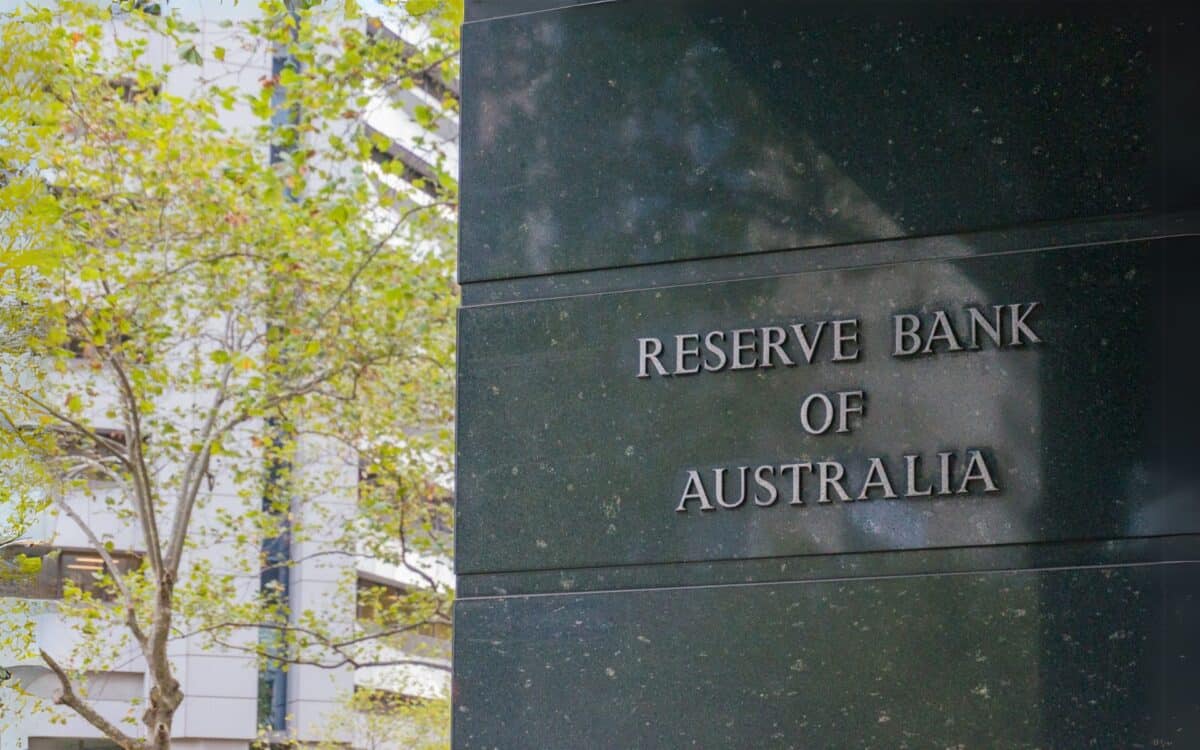Australia’s economic landscape is under strain as businesses, mortgage holders, and taxpayers grapple with rising costs and economic uncertainty. Finance expert Mark Bouris is among those urging the Reserve Bank of Australia (RBA) to cut interest rates, arguing that current monetary policy is pushing businesses and individuals to the brink.
Business Insolvencies Reach Record Levels
The past two years have seen a surge in business closures, with 26,000 businesses becoming insolvent—a record figure. November 2023 was particularly severe, marking the highest number of monthly insolvencies on record, with 1,442 businesses shutting down in that month alone.
Finance expert Mark Bouris has warned that these closures reflect a broader economic crisis, as businesses struggle to cope with high interest rates, rising operating costs, and ongoing uncertainty. He argues that without intervention, the private sector’s sustainability will continue to deteriorate, especially given the imbalance in job creation trends over the past year.
Job Market Imbalance and Economic Reliance on Migration
Between July 2023 and April 2024, Australia saw 716,000 new jobs created. However, a closer look at the numbers reveals an imbalance in the type of jobs being added:
- 625,000 jobs were in non-market sectors such as public administration, health, and education, which are largely taxpayer-funded.
- Only 91,000 jobs were created in the market sector, which includes private businesses that drive independent economic growth.
At the same time, record-high migration has played a significant role in Australia’s economic activity, with the population increasing by 956,000 in the same period. This means that for every new market-sector job created, there were ten new arrivals, highlighting an imbalance between workforce expansion and private-sector job growth.
Banking Sector Signals Expectations of Rate Cuts
Financial institutions appear to be anticipating changes in monetary policy. Macquarie Bank recently lowered its fixed mortgage rates by 0.16 percentage points, a move widely interpreted as a sign that the RBA may cut interest rates soon.
The broader money markets also reflect this sentiment:
| Indicator | Expected Change |
|---|---|
| Macquarie Bank fixed rate | -0.16 percentage points |
| Market expectations for RBA rate cuts (2024) | -0.67 percentage points |
These shifts suggest that banks and financial markets believe interest rates may start declining in the coming months.
The Limits of High Interest Rates in Controlling Inflation
While high interest rates are traditionally used to curb inflation, many economists argue that Australia’s inflation is driven by structural issues rather than excessive consumer spending.
Here are some of the key factors contributing to inflation that are not directly linked to interest rates:
- High energy prices – Australian households pay:
- 2× more for electricity than South Koreans
- 3× more than Chinese households
- Nearly 4× more than Vietnamese households
- Gas supply issues – Despite being the world’s largest gas exporter, Australia faces domestic gas shortages, leading to discussions about importing gas from other regions.
- Housing costs – Mass migration and negative gearing policies have inflated housing prices for decades.
- Government spending and borrowing – Large-scale spending during COVID-19 lockdowns contributed to rising national debt, fueling long-term inflationary pressures.
- Regulatory burdens – Extensive business regulations and red tape increase operating costs, making Australia one of the most expensive places to conduct business.
The RBA’s central challenge is determining whether keeping interest rates high will meaningfully address Australia’s inflation problem or whether it will simply increase financial pressure on businesses and mortgage holders.









